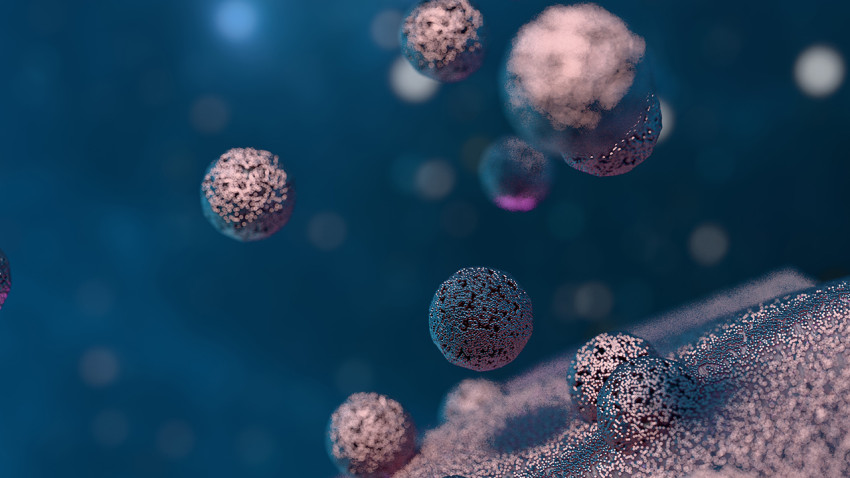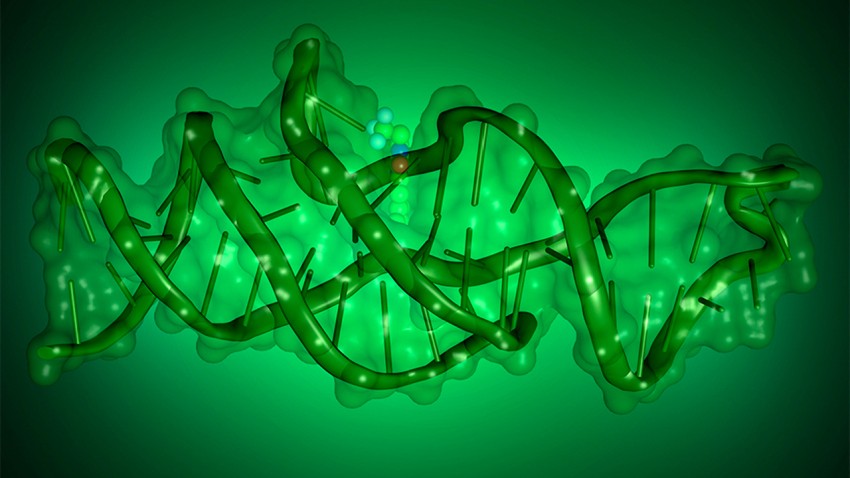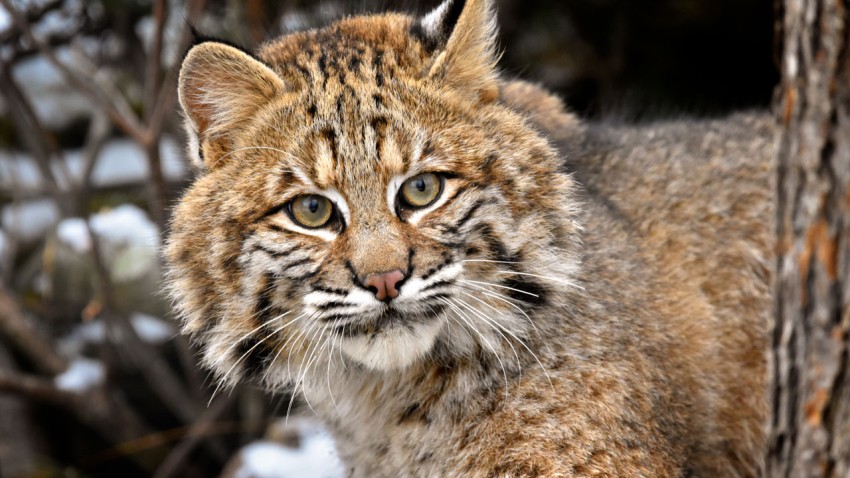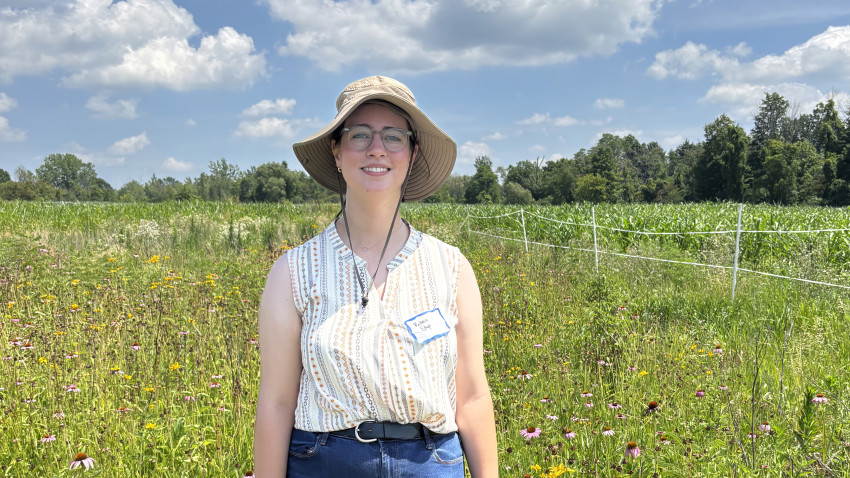News
Scientists have outlined exactly how embryonic stem cells protect other cells from the effects of oxidative stress, thus preventing cellular aging.
An interdisciplinary team of researchers determined that organic residues of plant oils are poorly preserved in calcareous soils from the Mediterranean, leading decades of archaeologists to likely misidentify olive oil in ceramic artifacts.
The color “ultrablack” has a variety of uses, including in cameras, solar panels and telescopes, but it’s difficult to produce and can appear less black when viewed at an angle. A Cornell lab has devised a simple method for making the elusive color.
A project led by Cornell’s Center for Point of Care Technologies for Nutrition, Infection and Cancer to develop a low-cost, battery-powered device for sample preparation in tuberculosis (TB) testing in areas with limited lab access and infrastructure, has received a $250,000 grant from the Gates Foundation.
For research excellence into how living structures recover and preserve order in morphology amid constant disruption, postdoctoral scientist Lanxi Hu has been awarded the Weill Institute for Cell and Molecular Biology’s 2025 Sam and Nancy Fleming Research Fellowship.
Cornell researchers have found that a new DNA sequencing technology can be used to study how transposons move within and bind to the genome.
The New York Cooperative Fish and Wildlife Research Unit has been helping state and federal agencies manage fish and wildlife and protect ecosystems for over 60 years.
Cornell Botanic Gardens is collaborating with conservation partners to propagate trees resistant to emerald ash borers.
Cornell researchers have discovered a previously unknown way plants regulate water that is so fundamental it may change plant biology textbooks – and open the door to breeding more drought-tolerant crops.
Rebecca Stup ’23, MS ’26, has been exploring planting wildflower strips along farmland as a strategy to increase biodiversity, attract pollinators and combat weeds.









